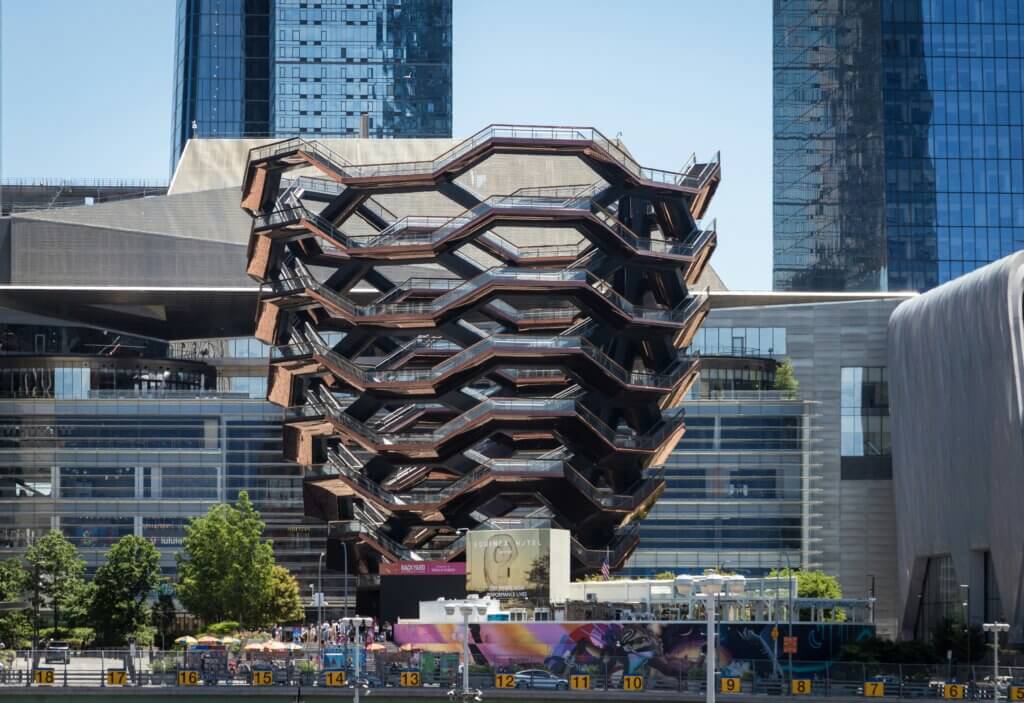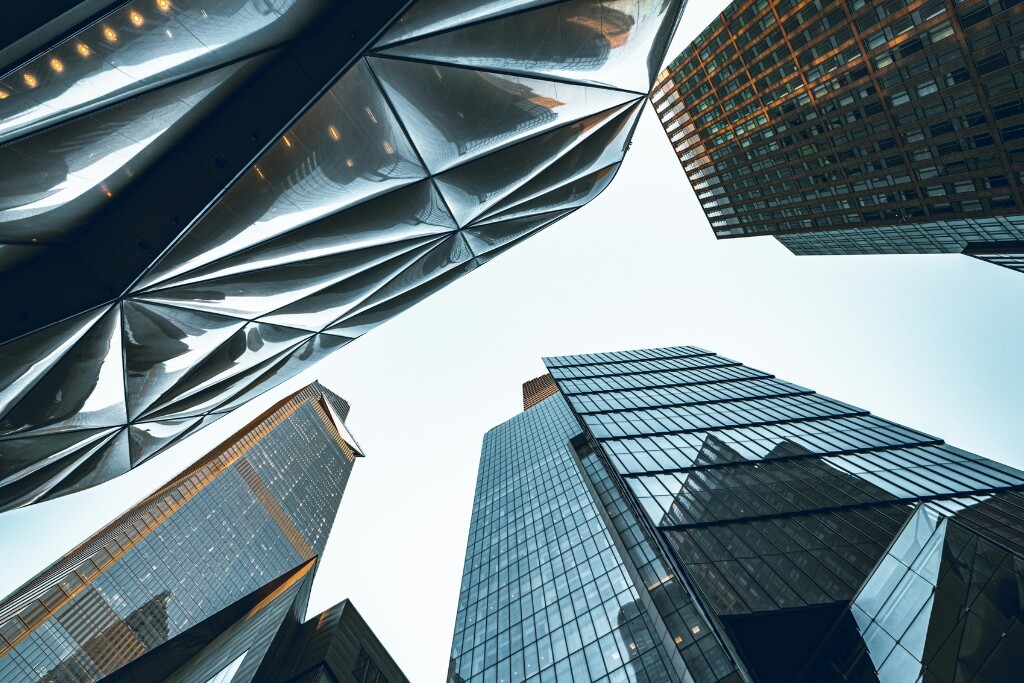Written by: VISUALHOUSE
Photography: VISUALHOUSE
In cities across the United States, a new wave of urban development is redefining the way people live, work, and connect. At the heart of this transformation is the concept of placemaking—an approach to urban design that emphasizes vibrant, integrated communities where people are encouraged to linger, explore, and engage.
From coast to coast, placemaking is reshaping skylines and revitalizing city centers through thoughtfully curated mixed-use developments that combine retail, office space, dining, entertainment, and residential living. These dynamic neighborhoods are not just places to pass through—they’re destinations.
Placemaking in Action: A New Kind of Neighborhood
Placemaking developments are more than just architectural feats; they are cultural anchors that foster community, creativity, and connection. Consider Miami Worldcenter, one of the largest private urban developments in the U.S. Spanning 27 acres in downtown Miami, it brings together luxury residences, global retail brands, a convention center hotel, and pedestrian-friendly promenades. It’s a bold reimagining of downtown living, seamlessly integrating lifestyle with accessibility.
Hudson Yards in New York City offers another striking example. Built atop an active rail yard, Hudson Yards merges sleek office towers, high-end residences, a cultural center (The Shed), and luxury shopping into a singular ecosystem. The development’s public spaces, including the striking Vessel sculpture and the extension of the High Line, exemplify how placemaking can turn infrastructure into inspiration.

In Atlanta, The Battery Atlanta—anchored by Truist Park, home of the Atlanta Braves—is a masterclass in experiential design. Beyond baseball, it boasts a blend of residences, boutique hotels, restaurants, and office space, all centered around an open-air plaza designed for everyday enjoyment and large-scale events alike.
Other noteworthy examples include:
- CityCenterDC in Washington, D.C., where a former convention center site has evolved into a thriving district with international fashion retailers, high-end condos, and tree-lined pedestrian corridors.
- The Wharf in Washington, D.C., which has transformed the city’s southwest waterfront into a bustling hub of culture and commerce with marinas, music venues, restaurants, and residences.
- Downtown Summerlin near Las Vegas, which blends suburban comfort with urban energy through an inviting mix of shopping, dining, sports, and entertainment.

Creating Culture, One Block at a Time
At their core, these developments are about more than mixed-use functionality. They are intentionally designed to create a sense of place—where people feel a connection not just to the physical environment, but to the life that animates it. Streetscapes are walkable and vibrant. Public spaces are active and inviting. Programming—from farmers markets and festivals to art installations and live music—keeps the calendar and the community full.
This approach has a profound impact on the vibrancy of cities. It fosters economic activity, supports small businesses, and encourages foot traffic. It invites residents and visitors alike to engage with their surroundings in meaningful ways. And by emphasizing walkability, transit access, and sustainability, placemaking developments align with broader goals of smart urban growth.
The Future is Mixed, Connected, and Lively
As cities continue to evolve, placemaking is proving to be more than a trend—it’s a blueprint for the future. These mixed-use neighborhoods offer a model for how we can build urban spaces that are not just functional, but joyful. They demonstrate the power of design to bring people together and energize communities.
At VISUALHOUSE, we understand that at the heart of every successful placemaking development is a strong vision—and a compelling visual story. As creative partners to leading developers and architects around the world, we’re proud to help shape the narrative of these transformative projects through immersive imagery, digital storytelling, and branding that captures the spirit of the place.
In a world where people crave connection and authenticity, placemaking offers both. And in doing so, it’s helping cities not just grow—but truly thrive.
For new project inquiries, please email [email protected] with your project details. We look forward to hearing from you.
